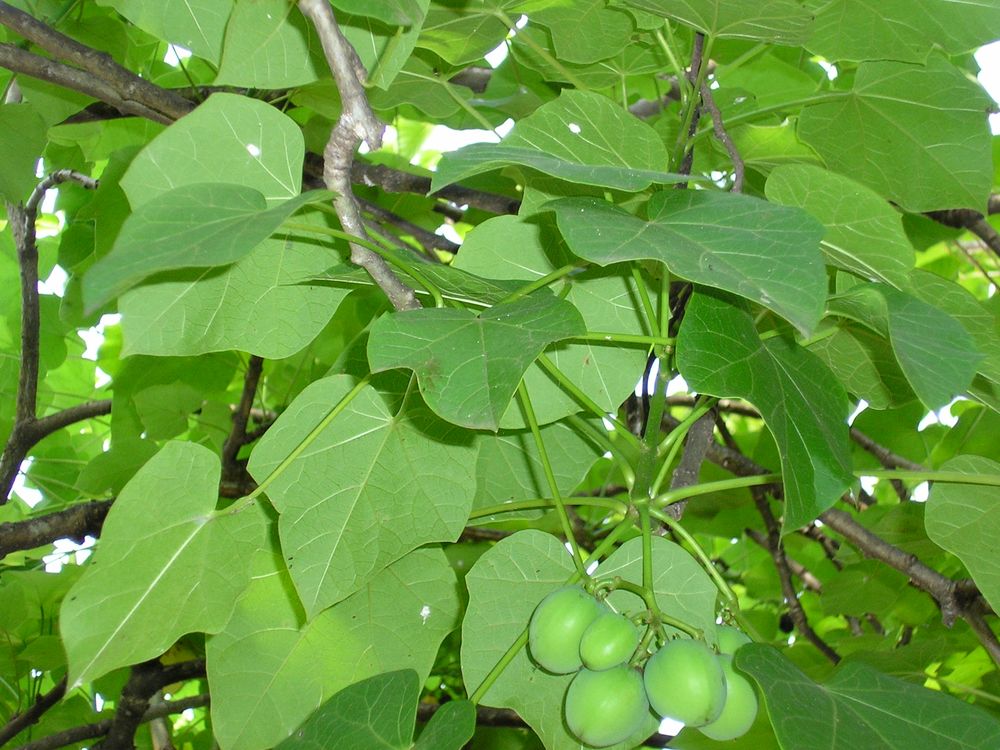
Oleovest Pl
Add a reviewOverview
-
Sectors 3D and Animation
-
Posted Jobs 0
-
Viewed 31
Company Description
Jatropha a Viable Alternative Renewable Energy
Constantly the biodiesel market is searching for some option to produce eco-friendly energy. Biodiesel prepared from canola, sunflower and jatropha can replace or be integrated with traditional diesel. During very first half of 2000’s jatropha made the headlines as a preferred and appealing option. It is prepared from jatropha curcas, a plant species belonging to Central America that can be grown on wasteland.

Jatropha Curcas is a non edible plant that grows in the deserts. The plant grows really rapidly and it can yield seeds for about 50 years. The oil got from its seeds can be used as a biofuel. This can be blended with petroleum diesel. Previously it has actually been used twice with algae mix to fuel test flight of commercial airlines.
Another favorable technique of jatorpha seeds is that they have 37% oil material and they can be burned as a fuel without fine-tuning them. It is also used for medical function. Supporters of jatropha biodiesel state that the flames of jatropha oil are smoke free and they are effectively evaluated for simple diesel engines.
Jatropha biodiesel as Renewable resource Investment has actually drawn in the interest of numerous companies, which have tested it for automotive use. Jatropha biodiesel has been road tested by Mercedes and 3 of the cars have covered 18,600 miles by utilizing the jatropha plant biodiesel.
Since it is because of some drawbacks, the jatropha biodiesel have not thought about as a wonderful eco-friendly energy. The biggest problem is that no one understands that just what the efficiency rate of the plant is. Secondly they do not know how large scale growing may impact the soil quality and the environment as a whole. The jatropha plant needs 5 times more water per energy than corn and sugarcane. This raises another concern. On the other hand it is to be noted that jatropha can grow on tropical environments with annual rainfall of about 1000 to 1500 mm. A thing to be kept in mind is that jatropha needs correct irrigation in the very first year of its plantation which lasts for decades.
Recent survey says that it is real that jatropha can grow on degraded land with little water and poor nutrition. But there is no proof for the yield to be high. This may be proportional to the quality of the soil. In such a case it might need high quality of land and might need the exact same quagmire that is dealt with by a lot of biofuel types.
Jatropha has one primary drawback. The seeds and leaves of jatropha are hazardous to people and animals. This made the Australian federal government to prohibit the plant in 2006. The federal government stated the plant as invasive species, and too dangerous for western Australian agriculture and the environment here (DAFWQ 2006).
While jatropha has promoting budding, there are variety of research difficulties stay. The value of detoxification has to be studied because of the toxicity of the plant. Along side a systematic research study of the oil yield need to be undertaken, this is really important because of high yield of jatropha would most likely required before jatropha can be contributed significantly to the world. Lastly it is also extremely important to study about the jatropha types that can survive in more temperature climate, as jatropha is quite limited in the tropical climates.

